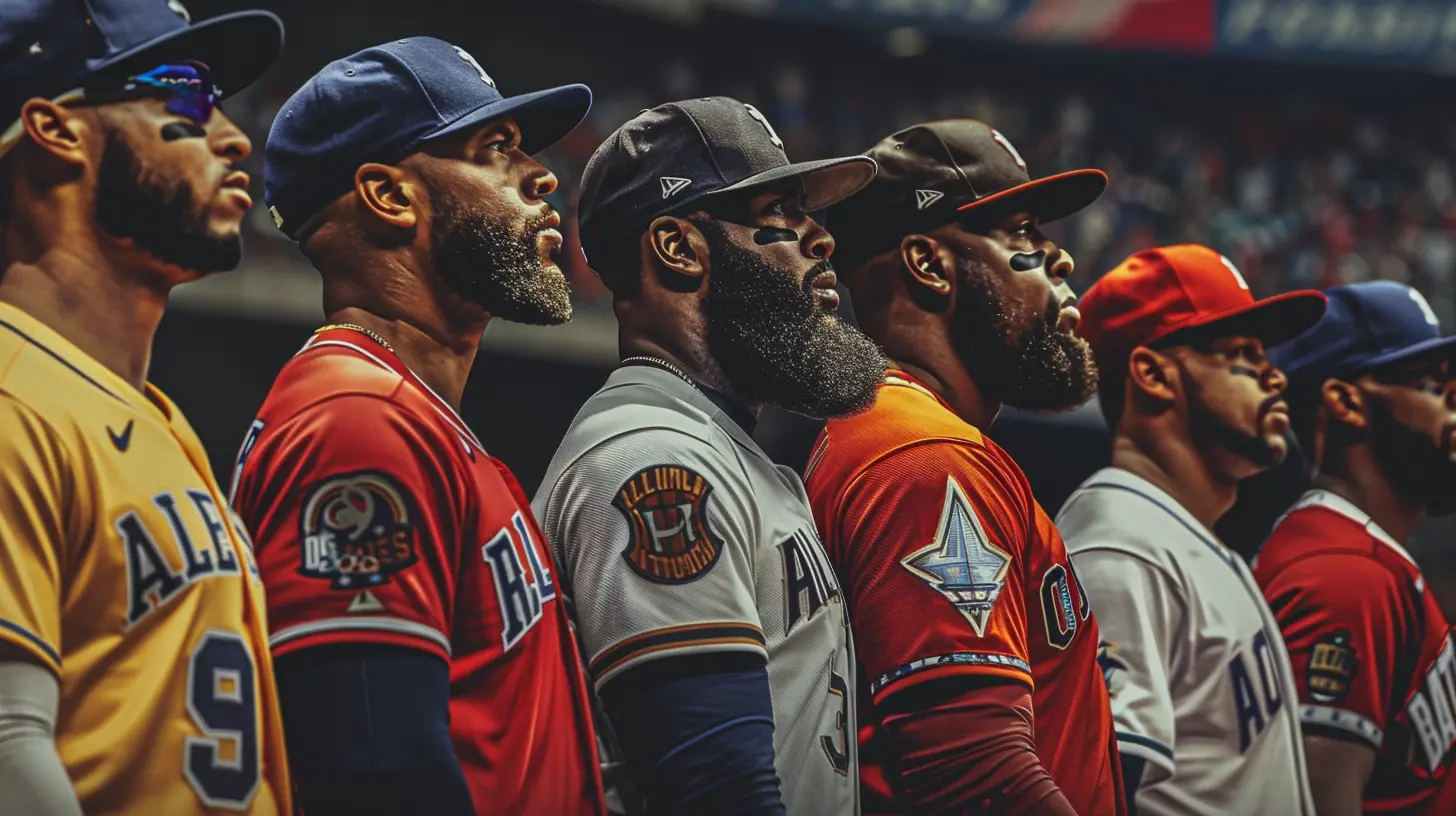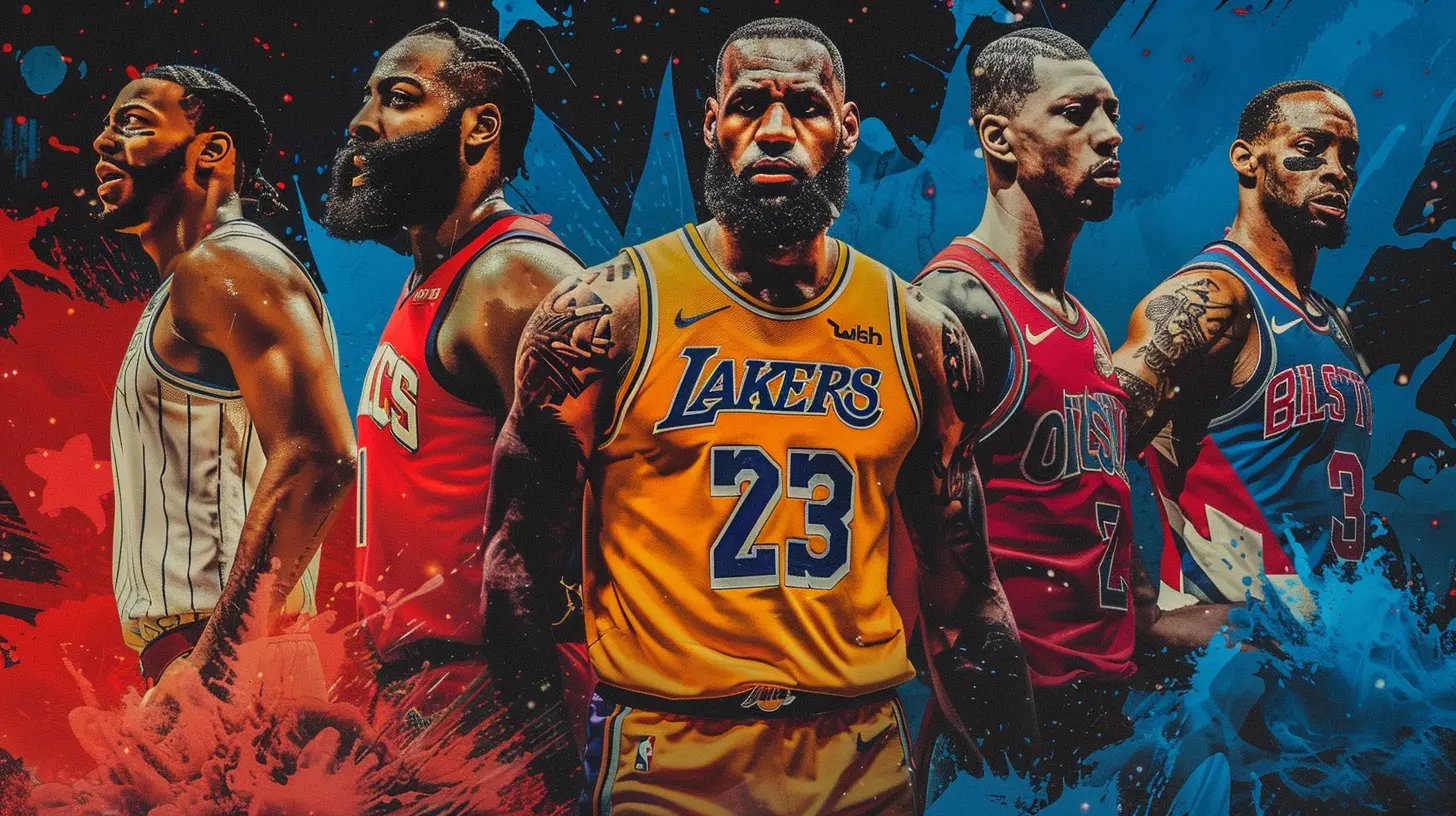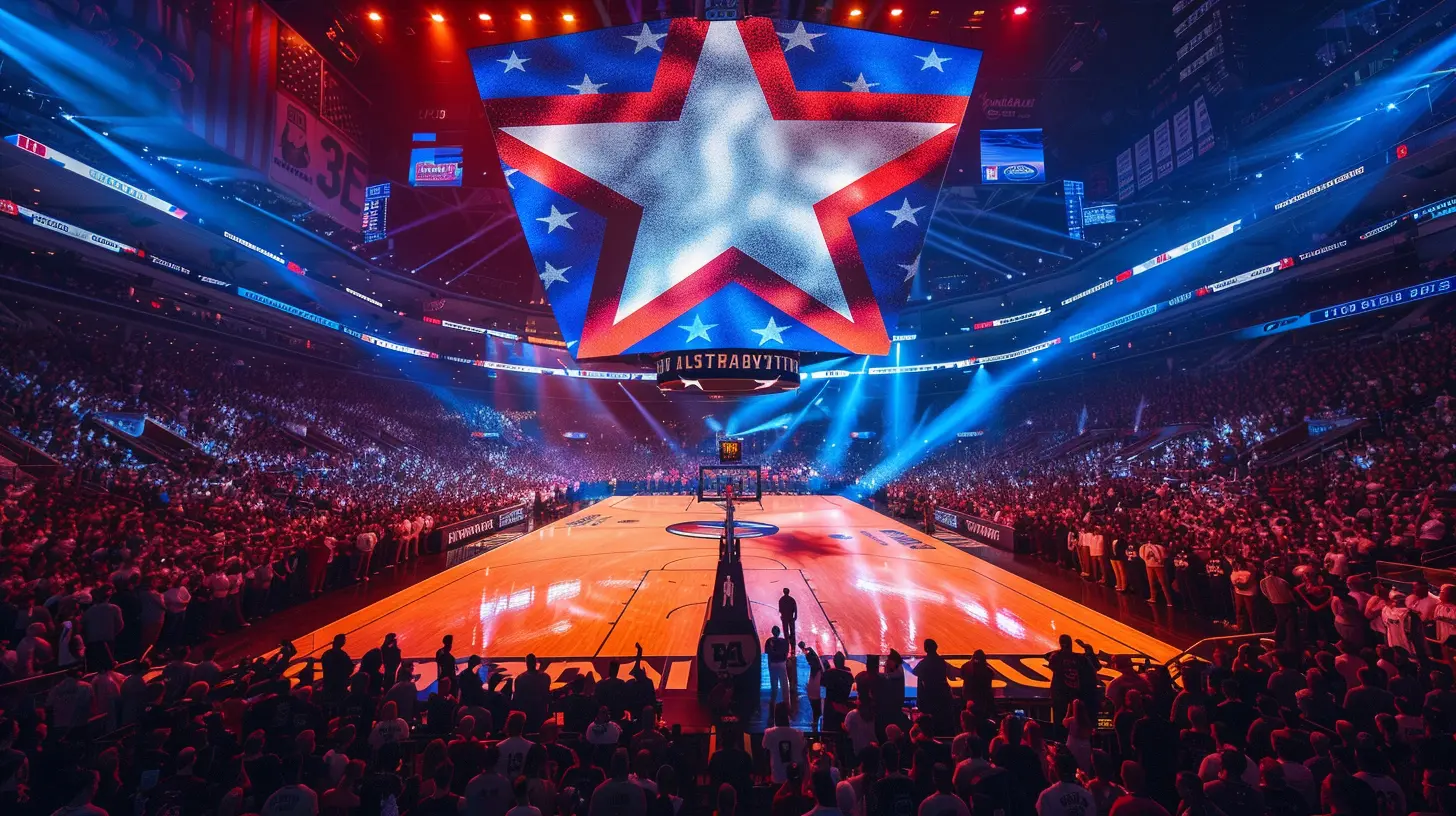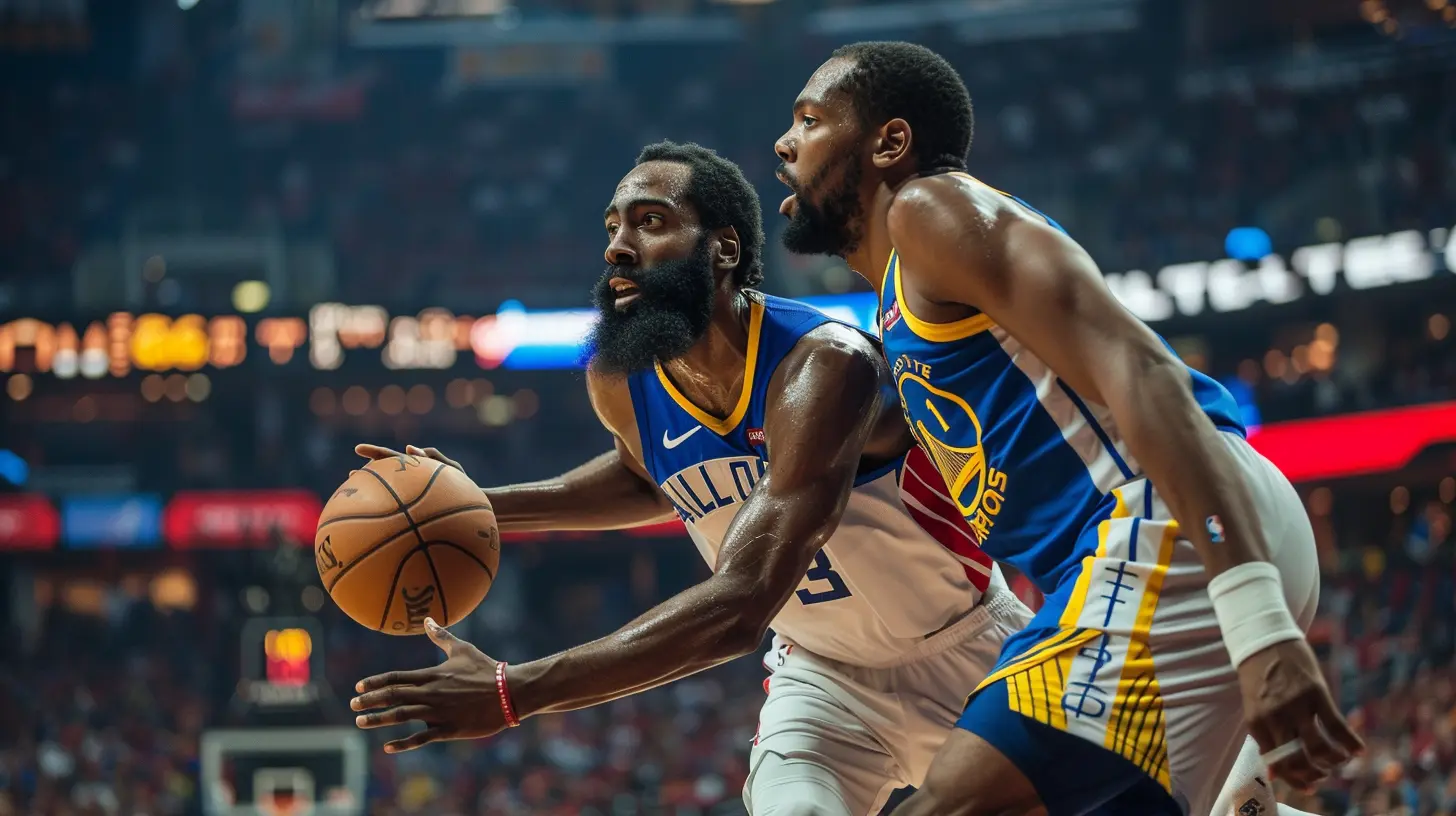Is the All-Star Game Still Relevant? A Deep Dive into Its Cultural Impact
22 September 2025
Ah, the All-Star Game. Once a crown jewel in the middle of every sports season—a glorious break from the intense grind of league schedules where players could just… have fun. On paper, it's got everything: high-profile athletes, packed stadiums, flashy uniforms, and fans voting for their favorite stars. But lately, you might be wondering, “Is the All-Star Game still relevant?”
Fair question. With shifting fan interests, social media highlights hitting your screen in real-time, and a generation that values authenticity over spectacle, the answer isn't as straightforward as a simple yes or no. So, grab your favorite jersey and let’s dive into what the All-Star Game really means today—and why it might be both fading and flourishing at the same time.
A Quick History: How the All-Star Game Became a Big Deal
The All-Star Game didn't just pop out of nowhere. It started as a feel-good celebration of the sport, a way to showcase the best talent without the pressure of standings or stats. Whether it’s the MLB, NBA, NHL, or NFL, these events were initially launched to bridge fans with their on-field heroes.Back in the 80s and 90s? Oh, man, it was electric. The players cared, the fans cared, and even the networks made a big fuss about it. It wasn’t just a game—it was a moment.
Fast forward to today, though, and things feel... different. The vibe’s changed.
Why People Still Tune In – Spoiler: It’s Not Just About the Game
Let’s be real. A lot of people don’t actually watch the full game anymore. But they sure as hell watch the dunks, the celebrations, and the player intros on TikTok or Instagram later.So why are folks still interested?
1. Star Power Still Sells
Fans love stars. Whether it’s LeBron throwing a half-court alley-oop, Shohei Ohtani knocking one into the stratosphere, or Patrick Mahomes slinging dimes in a flag football setup—it’s still cool to see the elites all “play nice” for a night.The All-Star Game still functions like a red carpet event of the sports world. It’s less about competition and more about appreciation—and that still matters to a lot of fans.
2. Social Media Makes It Fresh
Social media changed the game, literally. Fans no longer have to wait for SportsCenter recaps; they get instant access to the best plays, funniest moments, and behind-the-scenes locker room stuff.Nowadays, the All-Star Game is as much about content as it is about competition. It gives fans viral moments that live way beyond the final buzzer.
The Flip Side: Why Some Say It’s a Waste of Time
Let’s pull no punches—the All-Star Game has taken its fair share of heat lately.1. Lack of Competitive Spirit
Let’s face it: nobody wants to get injured in a meaningless game. So yeah, the defense is soft, and the intensity is low. We get highlight plays but not a lot of drama. Some critics argue that it’s become more like a glorified scrimmage than a fierce battle of titans.Remember when the NBA All-Star Game got really interesting after they added the Elam Ending a few years back? That’s because fans were starved for real competition. It worked—for a bit. But the question remains, how do we keep that fire alive every year?
2. Overexposure of Big Stars
Let’s talk about this one. In an era where we already see Luka, Steph, or Judge on every commercial and highlight reel, the All-Star Game feels like a rerun for some fans. It’s tough to build excitement when there's no real mystery left.Think about it—when you can see every amazing play on YouTube 30 seconds after it happens, the exclusive allure of All-Star talent is kind of… gone.
3. It's Starting to Feel... Forced
You've probably sensed it too. The player routines feel theatrical. The celebrity games are sometimes more cringe than cool. And don’t even get us started on musical performances that feel shoehorned into the broadcast.Sometimes, it gives off that “trying too hard” energy. And audiences can smell that from a mile away.
The Cultural Pulse: Does It Still Matter?
So, here’s the real question—does the All-Star Game still hold cultural weight?Well, yeah. But maybe not in the traditional sense.
It's not about the game anymore. It’s about the overall vibe. It’s about athlete empowerment, cross-league respect, pop culture fusion, and yes, even fashion.
Let’s break it down.
1. Athlete Branding and Self-Promotion
The All-Star Game is the ultimate branding playground. Players get to flex their personality, from customized sneakers to wild pre-game fits. Their Instagram likes skyrocket, and sponsors eat it up.You’re not just watching a game—you’re watching a lifestyle, and fans love being part of that moment.
2. A Stage for Social Messages
Don’t underestimate how players use this spotlight. Over the past few years, we’ve seen All-Star Games become platforms for social justice, equality, and charitable causes.When athletes rock special jerseys or deliver heartfelt speeches, it reminds us that sports aren’t just entertainment—they’re a mirror of society. And that gives the All-Star Game a kind of gravity it never had before.
Redefining Relevance: Adapting to the Modern Era
Instead of asking whether the All-Star Game should still exist, maybe the better question is: how should the All-Star Game evolve?1. Embrace the Show, But Make the Game Matter
One of the biggest complaints is that the game "doesn’t count." What if it did?MLB tried this by linking World Series home-field advantage to the result of the All-Star Game. Results were mixed—there were pros and cons—but it added stakes. Stakes make things interesting.
Maybe it’s not about home-court advantages but donating millions to community causes based on the winning team. Imagine how hard players might hustle if the prize supported something they’re personally passionate about.
2. Go Global
Another idea? Make it international. Imagine an NBA All-Star Weekend where Team USA faces Team World. Or MLB showcasing a USA vs. Dominican Republic showdown. Now that would get people off the couch.In a global sports economy, the All-Star Game has the potential to be the international celebration of elite athleticism.
3. Let the Fans Run the Show
Why not let fans vote on the format, rules, or even which events to include? Give them some power and watch engagement soar. The more interactive it becomes, the more invested people will be.Conclusion: It’s Not Dying—It’s Evolving
So, is the All-Star Game still relevant?Honestly? Yes—but not for the same reasons it was 20 or 30 years ago. It's not just a game anymore; it's content, it's culture, it's branding, it’s social messaging… it’s a multi-sensory, multi-layered experience.
In a world dominated by short attention spans, it may not satisfy hardcore stat-heads or purists who crave competition. But for the casual fan, the All-Star Game remains a rare celebration of joy in sports.
And in times like these, maybe that’s exactly what we need.
Frequently Asked Questions
Q: Do players still care about the All-Star Game?A: Some do, some don’t. Veterans might treat it like a paid vacation, while younger players see it as a career milestone. It varies.
Q: Are All-Star Games still getting good ratings?
A: Ratings aren’t what they used to be, but online engagement is through the roof. It’s a trade-off, and leagues are adapting.
Q: Should leagues scrap the All-Star Games?
A: Probably not. But they should definitely keep tweaking the format to keep things fresh and relevant.
all images in this post were generated using AI tools
Category:
All Star GamesAuthor:

Uziel Franco
Discussion
rate this article
1 comments
Kate Black
This article presents a compelling analysis of the All-Star Game's cultural significance. While some question its relevance, the event continues to showcase talent and community, embodying the spirit of sportsmanship and fan engagement. Great read!
October 6, 2025 at 2:43 AM

Uziel Franco
Thank you for your insightful comment! I'm glad you found the analysis compelling and appreciate your recognition of the All-Star Game's importance in showcasing talent and fostering community spirit.


